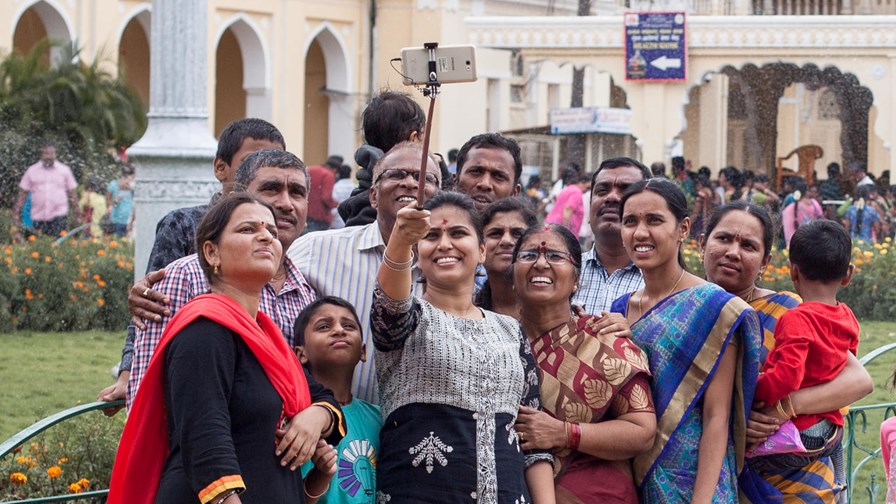
© Flickr/cc-licence/Nicolas Mirguet
- With a tail wind and a spring in its step the telecoms industry should be able to close the mobile internet access gap
- So the ITU has lined up with Vodafone in a working group to figure out how to do it
- It’s giving itself until 2030 to have the gap fixed
Not surprisingly, with COP 26 due to be held in Glasgow, UK in October/November 2021, the focus of global social responsibility for the telecoms industry has been on the overriding issue of climate change. But there is also another, more subtle but definitely related issue looming large. The “global mobile internet access gap”. Closing it should involve another major effort by all telecoms parties and beyond, but as things stand the gap appears to be getting wider. It matters because sustainable and more equitable development is probably a prerequisite for properly tackling the climate change issue so the ITU/UNESCO Broadband Commission for Sustainable Development has set up a Working Group to be led by the Vodafone Group and the ITU to properly size the problem and work out a way ahead.
Problem, what problem?
In fact it’s fairly easily stated. There are currently 3.7 billion people unconnected to the Internet and 3.4 billion of them actually live within range of a mobile network. At present one of the main reasons for non-nconnectivity is that smartphone technology, as currently packaged, is simply too expensive for many people to buy. So the aim is to right this and have those 3.4 billion people connected (or potentially connected, if they want to) by smartphone by 2030. It can happen.
The advantages for all of us from them doing so are huge. It will make it easier for them to access both information and services and, the UN points out, will create demand for digital skills and therefore employment in those territories. So the new Working Group will set out to identify policy, commercial and circular-economy interventions to increase smartphone access.
So, easy-peasy lemon squeezy?
It could be easier than it first seems. We tend to see the costs of connection as monolithic and immovable and probably requiring subsidy, when they aren’t at all. If evidence is needed, look at the already huge range of costs and prices relating to mobile and mobile broadband. No matter how different they tend to be country-to-country there will always be those who argue that “the cost is the cost”, when clearly there’s huge flexibility involved. India is a great case in point. It grew its mobile market against what seemed to European eyes to be impossibly low prices for consumers. How did they do it? By taking the market and its size and potential users’ disposable incomes as the fixed starting point and working back to make it happen.
One of the keys to the whole problem may well be the reliability of the smartphone product. Apart from needing a new and expensive battery every now and then, very little tends to go wrong. So a proper second hand market with ongoing support for the software and its security is probably a major must. Currently smartphone vendors seem to apply much brainpower to making sure the things have a finite useful life so their users might buy another one… that’s a complete scandal and has to change to its opposite.
Ten years (or so) ago the idea of really cheap laptops were all the rage for tackling the digital divide. That $10 dollar laptop idea never really worked out. But the smartphone is different. It tends to stay useful - if it’s allowed to.
There are literally dozens of little changes and nudges which could be applied to the network and the user devices to help put a smartphone in every pocket: helpful financing arrangements; repurposing 2G spectrum to make it available for cheap 4G phones and much more.
Email Newsletters
Sign up to receive TelecomTV's top news and videos, plus exclusive subscriber-only content direct to your inbox.




